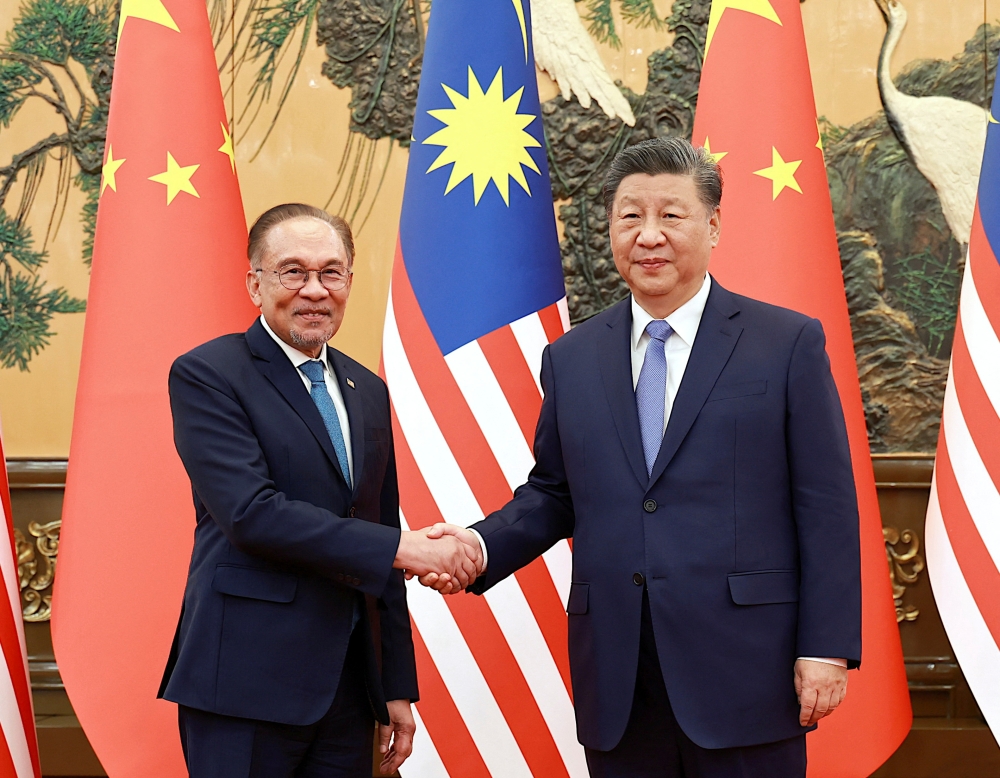Could Greenland Be America’s Next Territory? A Look at U.S. Expansionism
In an eye-catching move, Donald Trump Jr. made a trip to Greenland on Tuesday, amid his father’s renewed calls for the United States to acquire the island. While it seemed like an odd mix of reality TV meets geopolitics, the trip quickly caught the attention of social media and the news cycle. The former president had recently posted a message on Truth Social, claiming he was “hearing that the people of Greenland are ‘MAGA,'” and sharing a video that suggested Greenlanders were eager for the U.S. to buy their country.
In a tone that’s almost become a signature of Trump’s brand, he emphasized in the post that Greenland should be “Make Greenland Great Again,” alongside a video showing a Trump-branded plane landing in the capital, Nuuk. This dramatic imagery seemed to fuel the suggestion that Trump Jr.’s visit was part of a larger plan to solidify U.S. ownership of the territory. “The reception has been great. They, and the Free World, need safety, security, strength, and PEACE!” Trump wrote, hinting at the strategic and political undertones of the venture.
However, despite the showmanship, it’s highly unlikely Greenland will be joining the United States anytime soon. Leaders in both Greenland and Denmark have repeatedly rejected the idea of selling or transferring the territory to the U.S. The Danish government, in particular, has made it clear that Greenland, an autonomous region of Denmark, is not for sale. In fact, even Trump’s call to make the deal happen has mostly been met with skepticism and disinterest from the local population, many of whom view the proposal as an absurd overreach.
The acquisition of U.S. territories is a fascinating and often controversial chapter in American history, with each acquisition motivated by a mix of strategic, economic, and political factors. From buying land in the 19th century to military occupations and diplomatic deals, these territories have shaped the United States into what it is today. Here’s a closer look at some of the significant territorial acquisitions throughout American history:
The Louisiana Purchase (1803)
The largest and arguably most impactful land acquisition in U.S. history, the Louisiana Purchase, saw the U.S. buy an astounding 827,000 square miles of land from France for $15 million—roughly equivalent to $342 million today. This acquisition doubled the size of the country at the time and included parts of more than a dozen modern-day states, including Oklahoma, Arkansas, Missouri, Kansas, and Iowa. The purchase was driven by President Thomas Jefferson’s vision of expanding the U.S. westward and securing control over the Mississippi River. The move solidified American expansion across the North American continent and set the stage for further territorial growth.
Florida (1819)
The U.S. acquired Florida from Spain in 1819 through the Adams-Onís Treaty, which, while not involving a direct purchase, did include the U.S. take on $5 million in claims by American citizens against Spain. The acquisition was seen as essential for securing the southern border and preventing Spanish Florida from becoming a haven for runaway slaves and hostile Native American tribes. It also gave the U.S. control over vital ports in the Gulf of Mexico.
The Republic of Texas (1845)
Texas, which had won its independence from Mexico in 1836, was annexed by the United States in 1845, becoming the 28th state. This move was controversial at the time, with opponents fearing the expansion of slavery and potential conflict with Mexico. The annexation played a major role in the events leading up to the Mexican-American War (1846-1848), which ultimately resulted in the U.S. gaining vast new territories.
Mexican Cession (1848)
The Treaty of Guadalupe Hidalgo, signed after the Mexican-American War, saw Mexico cede about 529,000 square miles of land to the U.S. for $15 million, which is roughly equivalent to $400 million today. This territory included modern-day California, Nevada, Utah, Arizona, and parts of Colorado, New Mexico, and Wyoming. The acquisition was a major step in fulfilling the U.S. manifest destiny to expand across the continent.
Alaska (1867)
One of the most significant—but also one of the most initially criticized—territorial acquisitions in U.S. history was the purchase of Alaska from Russia in 1867. For just $7.2 million (or less than 2 cents an acre at the time), the U.S. gained the enormous landmass that would eventually prove rich in natural resources, including gold, oil, and gas. The deal was viewed by many as wasteful at the time, with critics calling it “Seward’s Folly” after Secretary of State William H. Seward, who negotiated the purchase. However, Alaska became a crucial strategic asset during World War II and, later, a key economic resource.
Hawaii (1898)
Hawaii was annexed by the U.S. in 1898 and became a U.S. territory in 1900. Strategically located in the Pacific, Hawaii offered a critical naval base, particularly at Pearl Harbor, which would become famous during the Japanese attack in 1941. The annexation was part of a larger U.S. ambition to extend its influence across the Pacific Ocean, particularly in trade with Asia. The United States welcomed Hawaii as its 50th state in 1959.
Puerto Rico (1898)
As part of the Treaty of Paris that ended the Spanish-American War, the U.S. acquired Puerto Rico from Spain in 1898. Puerto Ricans became U.S. citizens in 1917, but Puerto Rico remains an unincorporated territory to this day. The acquisition of Puerto Rico was seen as vital for maintaining U.S. influence in the Caribbean and the Panama Canal region. Puerto Rico also played an important role during both World Wars, serving as a strategic military outpost.
Guam (1898)
As part of the Treaty of Paris, the U.S. took control of Guam from Spain. territory in 1898 and has remained strategically important, especially during World War II, when it was a key base in the Pacific. Guam continues to serve as a critical military outpost for the U.S. in the Pacific Ocean, even hosting a significant U.S. naval base.
The U.S. Virgin Islands (1917)
In 1917, the United States purchased the U.S. Virgin Islands from Denmark for $25 million in gold, which would be worth about $674 million today. The islands’ strategic location made them valuable for controlling the Caribbean and protecting the Panama Canal. The U.S. also gained an important foothold in the Caribbean and Central America during a time when international power struggles were intensifying.
American Samoa (1900s)
The U.S. gained control over American Samoa through a series of agreements with local chiefs beginning in 1899. The territory was formally recognized by the U.S. in 1900 and has remained an important strategic location in the Pacific, particularly during World War II. American Samoa is still an unincorporated territory today, with its residents being U.S. nationals, though not citizens unless they go through the naturalization process.
Northern Mariana Islands (1975)
In 1975, the Northern Mariana Islands became a U.S. territory after a long period of American administration under the Trust Territory of the Pacific Islands. The Northern Marianas were strategically important during World War II and remain so today, serving as a location for military bases and a place of geopolitical significance in the Pacific.
According to a source familiar with the situation, Trump Jr.’s visit wasn’t meant to be a serious diplomatic mission. He wasn’t meeting with any government officials or political leaders—his trip was mostly about gathering footage for a podcast, a quick day-long affair meant to capture the essence of Greenland’s culture and landscape, likely for entertainment purposes rather than political negotiations.
While the media spectacle around the trip was hard to ignore, the reality is that this was more of a publicity stunt than an actual diplomatic breakthrough. Trump Jr. seemed to be capitalizing on the quirky idea of Greenland being a “MAGA” hotspot, even though it’s clear that any serious discussions about U.S. acquisition of the island remain firmly in the realm of fantasy. Still, for the Trump brand, it was an opportunity to keep the Greenland talk alive—and generate some buzz—without having to face the rejection from Denmark that Trump Sr. encountered just a few years ago.
At the end of the day, Trump Jr.’s trip might not have brought the U.S. any closer to taking control of Greenland, but it did reinforce a peculiar chapter in the Trump family’s approach to diplomacy—one that mixes spectacle with serious political ambitions.




